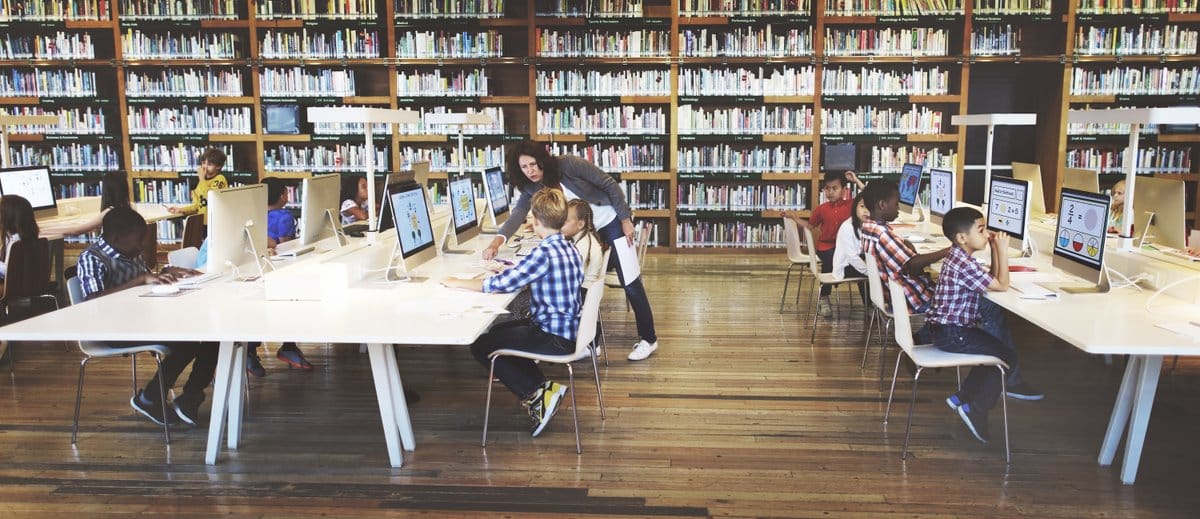To scale effective blended and personalized learning environments, we first need to develop a better understanding of what learning approaches work, for which students, in what circumstances. This level of insight is necessary to build replicable theories of change, and it will move us beyond educational “best practices” that lack true predictive power.
As we’ve written before, current education research efforts often get stuck measuring average student and sub-group outcomes and then drawing conclusions based on correlations; as a result, this research often provides little insight into the discrete, particular contexts and causal factors that yield student success or failure. But we can only establish a real causal understanding of what yields success in the classroom when we can categorize the different circumstances in which administrators, students, or teachers in successful blended programs might find themselves. This approach entails more than just identifying the observable attributes—such as technology usage or student demographics—of blended programs.
This desire to better understand why certain learning approaches do or do not work in certain circumstances led us to partner with the Rhode Island-based Highlander Institute to co-host the 2016 Blended and Personalized Learning Conference, a two-day event that brought together leading educators from across the country to surface the tactics that blended-learning practitioners are deploying on the ground. During the conference, these education leaders shared important insights around how traditional systems can effectively manage change while transitioning toward a more personalized system.
We are excited to once again be partnering with the Highlander Institute, along with The Learning Accelerator, to co-host the 2017 Blended and Personalized Learning Conference in Providence, R.I. Like the 2016 conference, we will be holding an invite-only conversation among conference presenters and national leaders in a smaller setting the day before the summit. Over the course of the day, participants will work in both large and small groups to focus on implementation, explore models and strategies that have been critical to successful blended initiatives, and design solutions for students in unique and complex circumstances.
This year, to identify pre-conference participants we will be using the Blended Learning Universe (BLU) school directory, a growing network of blended-learning schools and districts. Interested schools and districts can apply to participate by creating a BLU profile describing what their blended-learning initiatives and programs look like. Winners will receive a travel and hotel stipend for the conference.
The Christensen Institute built the BLU school directory to capture successful examples of blended and personalized learning implementation and give individuals an opportunity to learn from and collaborate with similar schools and programs. Our hope is that by recruiting participants in this year’s conference through the the platform, we’ll not only surface great work happening around the country, but also make these innovations in instruction transparent to others in the field. Only by sharing and highlighting successful programs—and the circumstances in which students and teachers in these programs find themselves—can we begin to arrive at a greater understanding of what is working and why in blended classrooms.
Sound like something your school should participate in? Blended and personalized learning leaders and teachers who want a VIP invite to present at the 2017 Blended and Personalized Learning Conference and collaborate with national blended-learning leaders can apply by creating a BLU profile for their classroom, school, or district. For more specific information about the conference and how to apply, read here.
For more, see:



